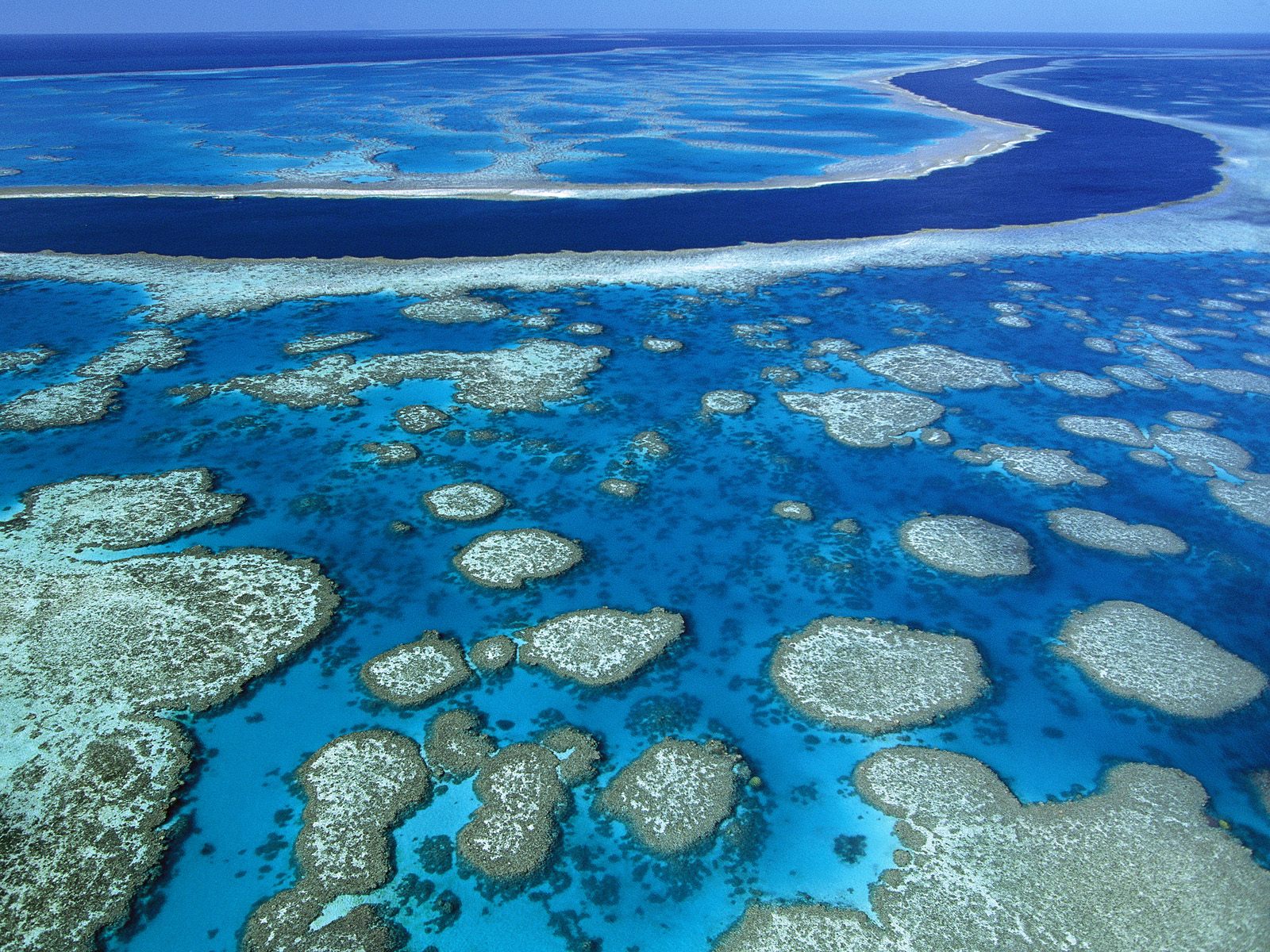
Copyright. Yann Arthus Bertrand. France 2
On May 16th, the oib section and some other students went to an outing at the villa méditerranée.
In the morning, we saw an amazing movie of Yann Arthus Bertrand about the mediterranean sea. Indeed, it was a most interesting movie which told us the story of mediterranean peoples from the Antiquity to today. It also dealt with the water issue all around the sea and some of the strategies which are or were used by the different countries and peoples. It showed us a lot of countries such as Libya, Lebanon, France, Greece, Egypt...
The afternoon was, to me, less interesting, indeed, we had the intervention of a sea specialist of the Ifremer who used a lot of technical terms which I, most of the time, didn't understand. I guess it was more interesting for the students of the science project who had the chance to ask questions about the sea to specialists.
















